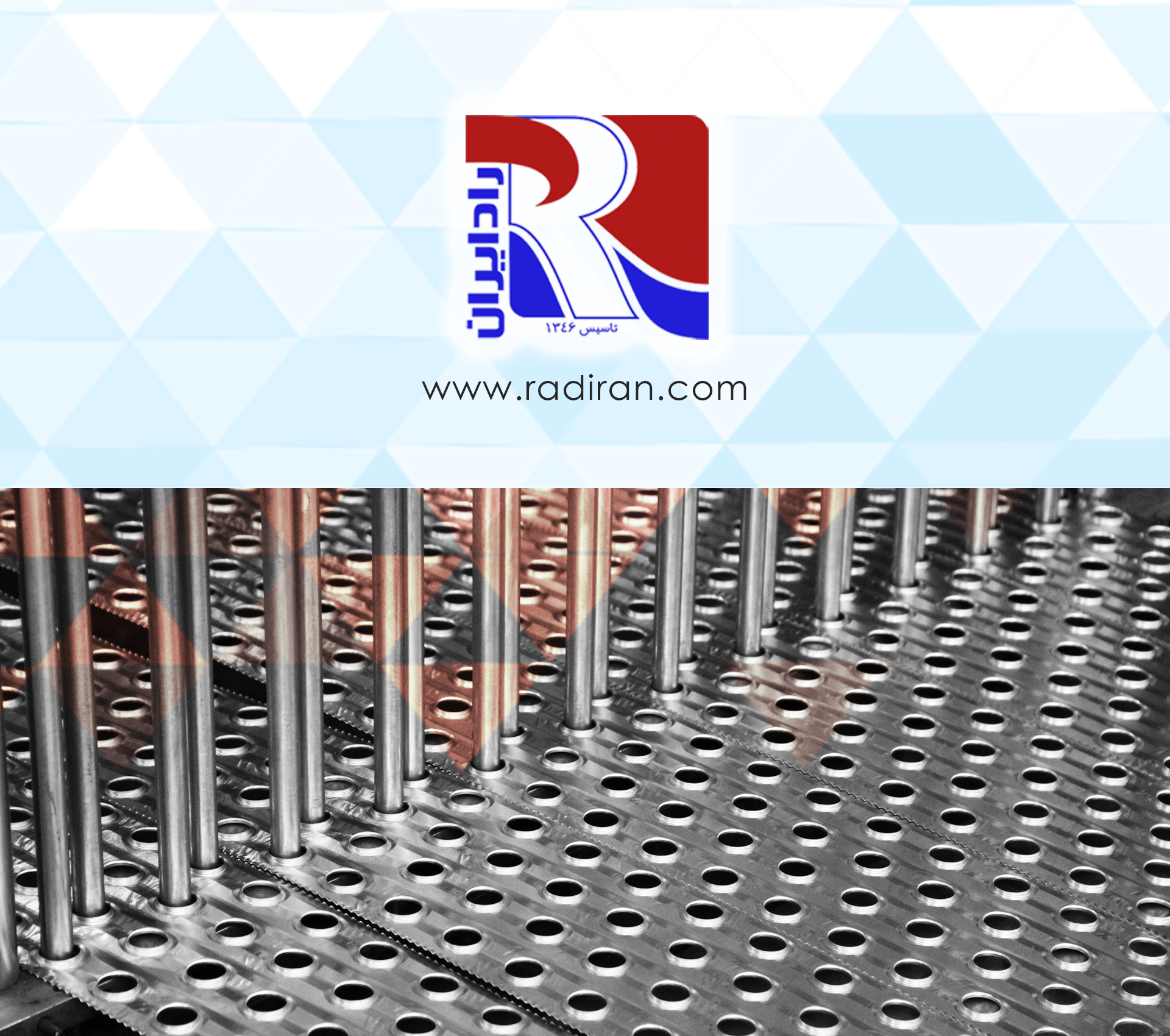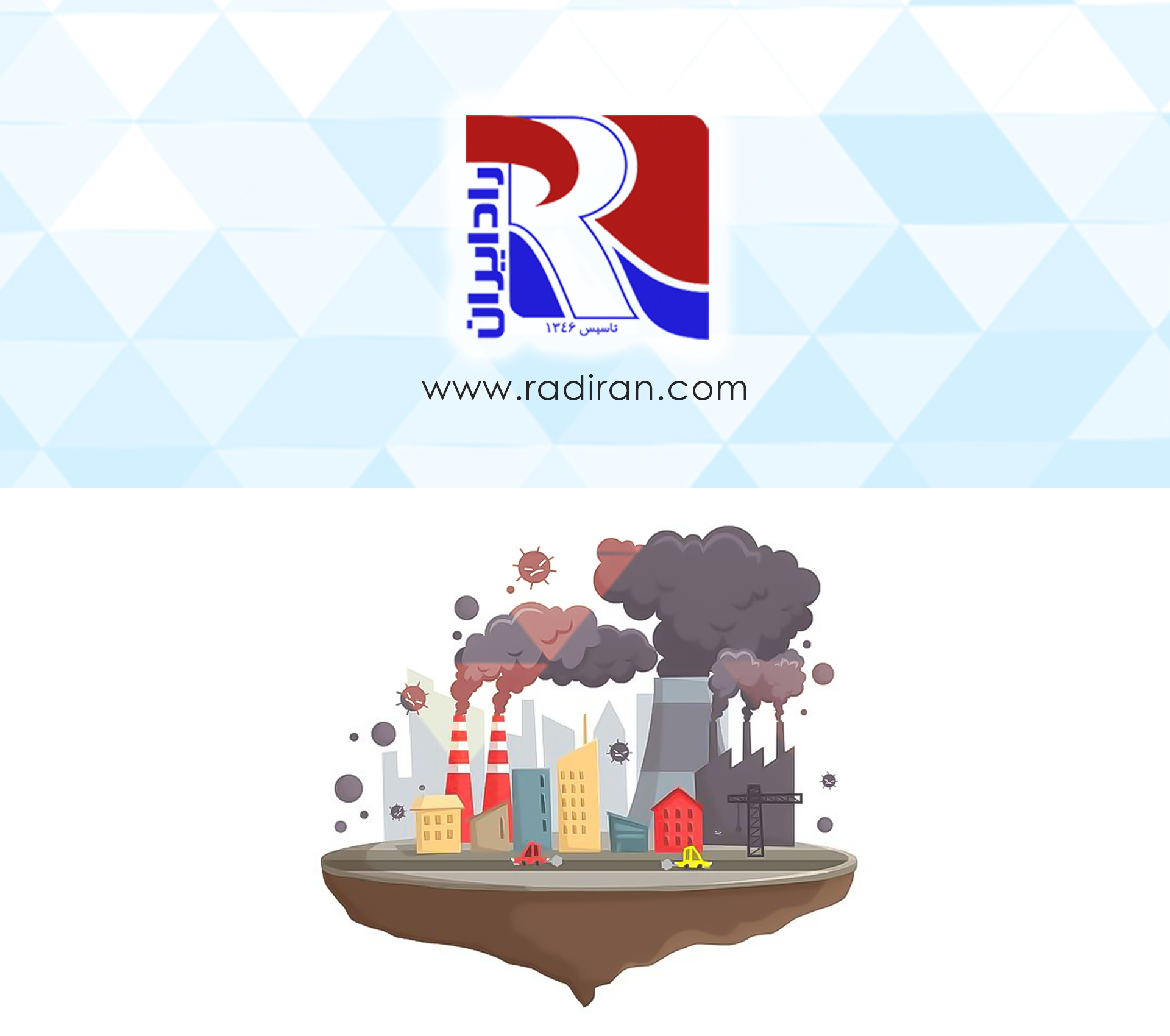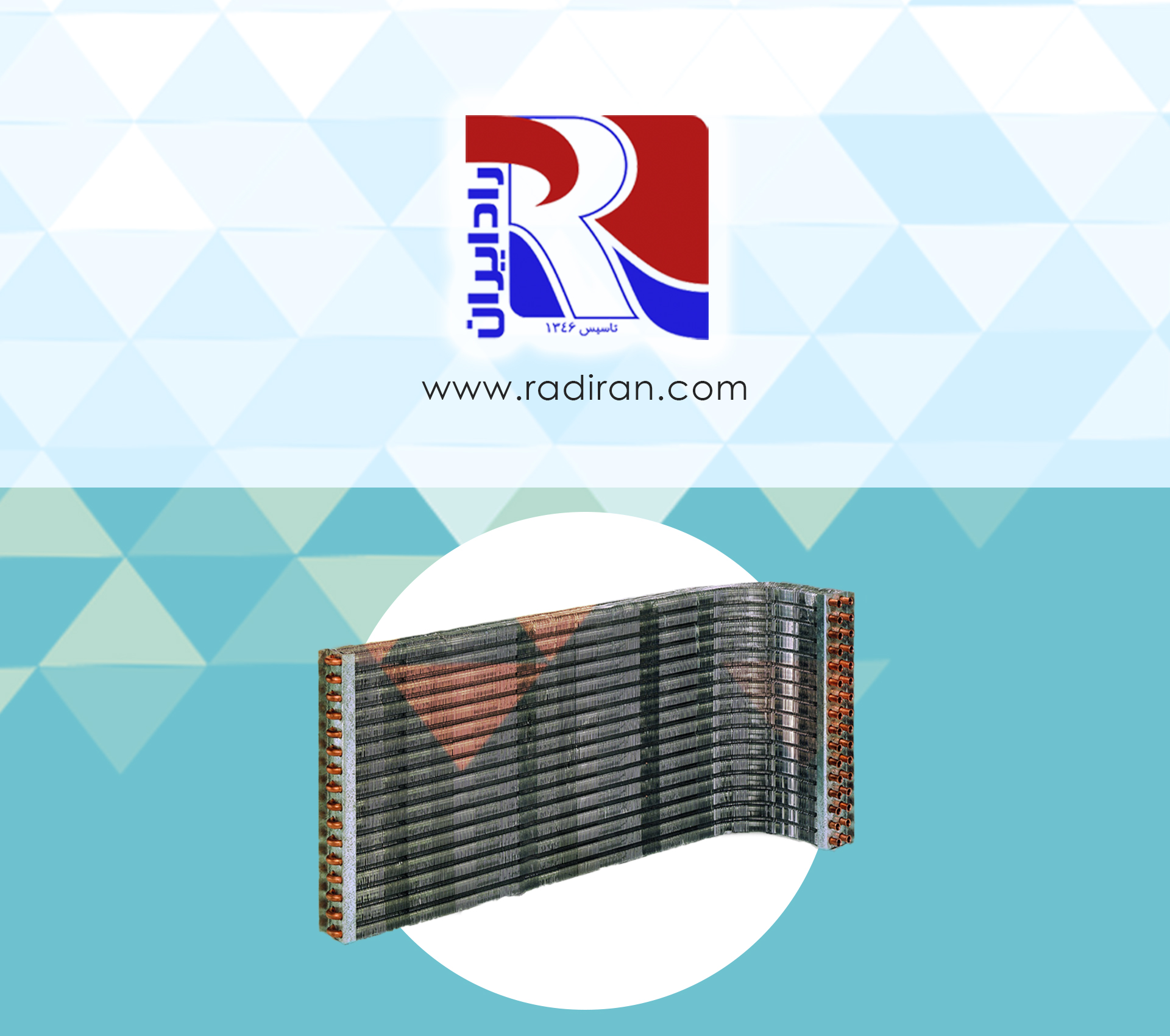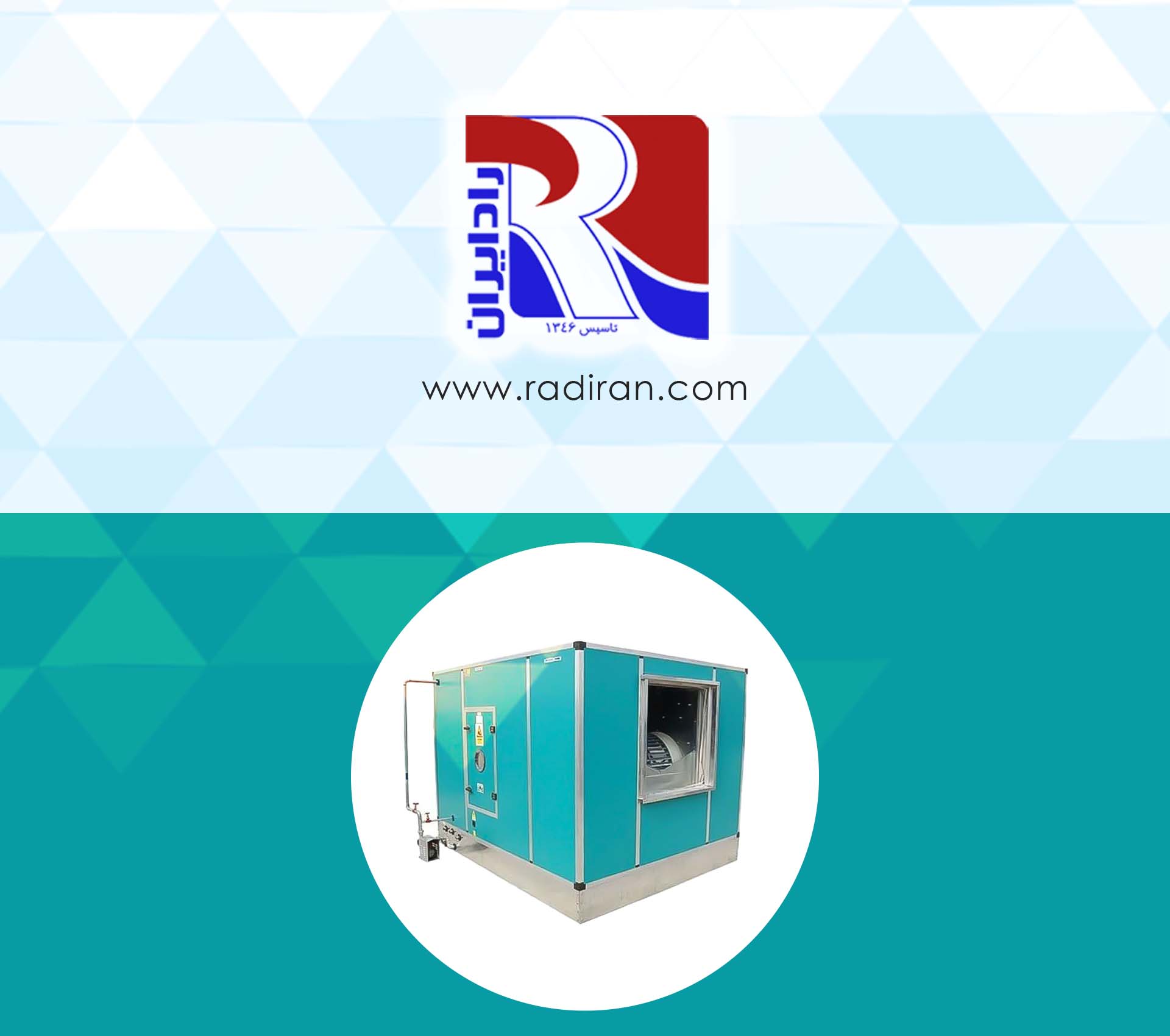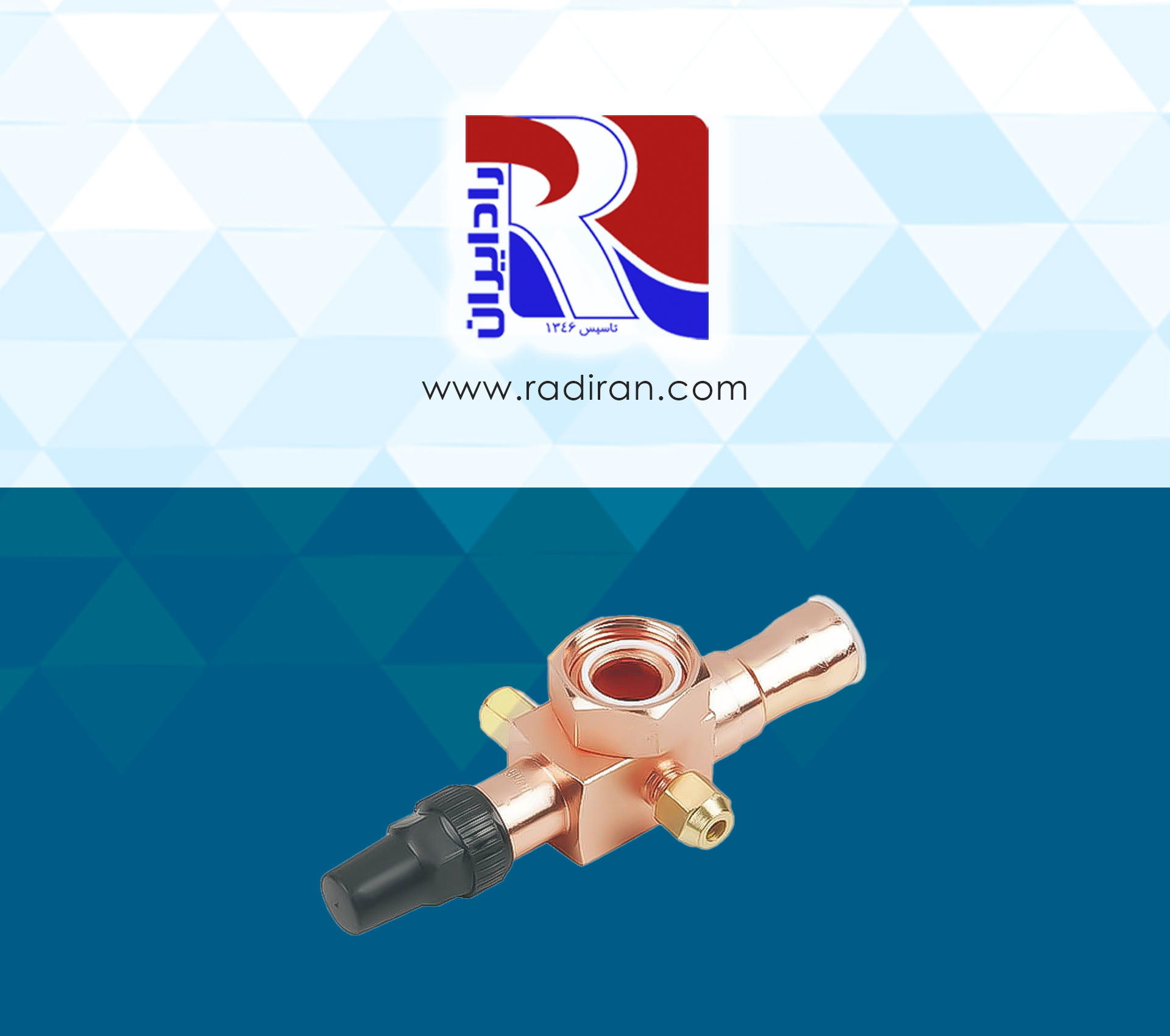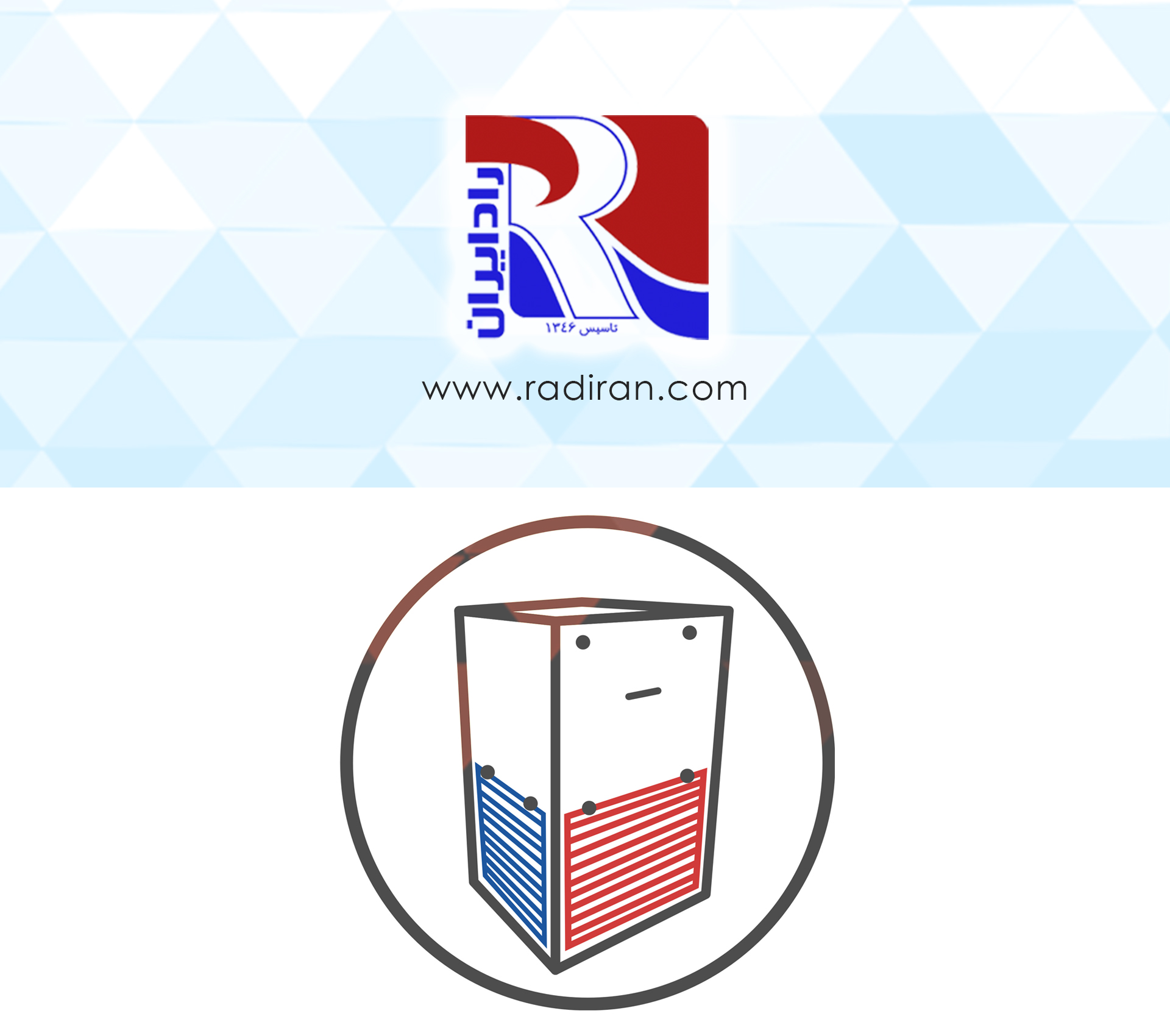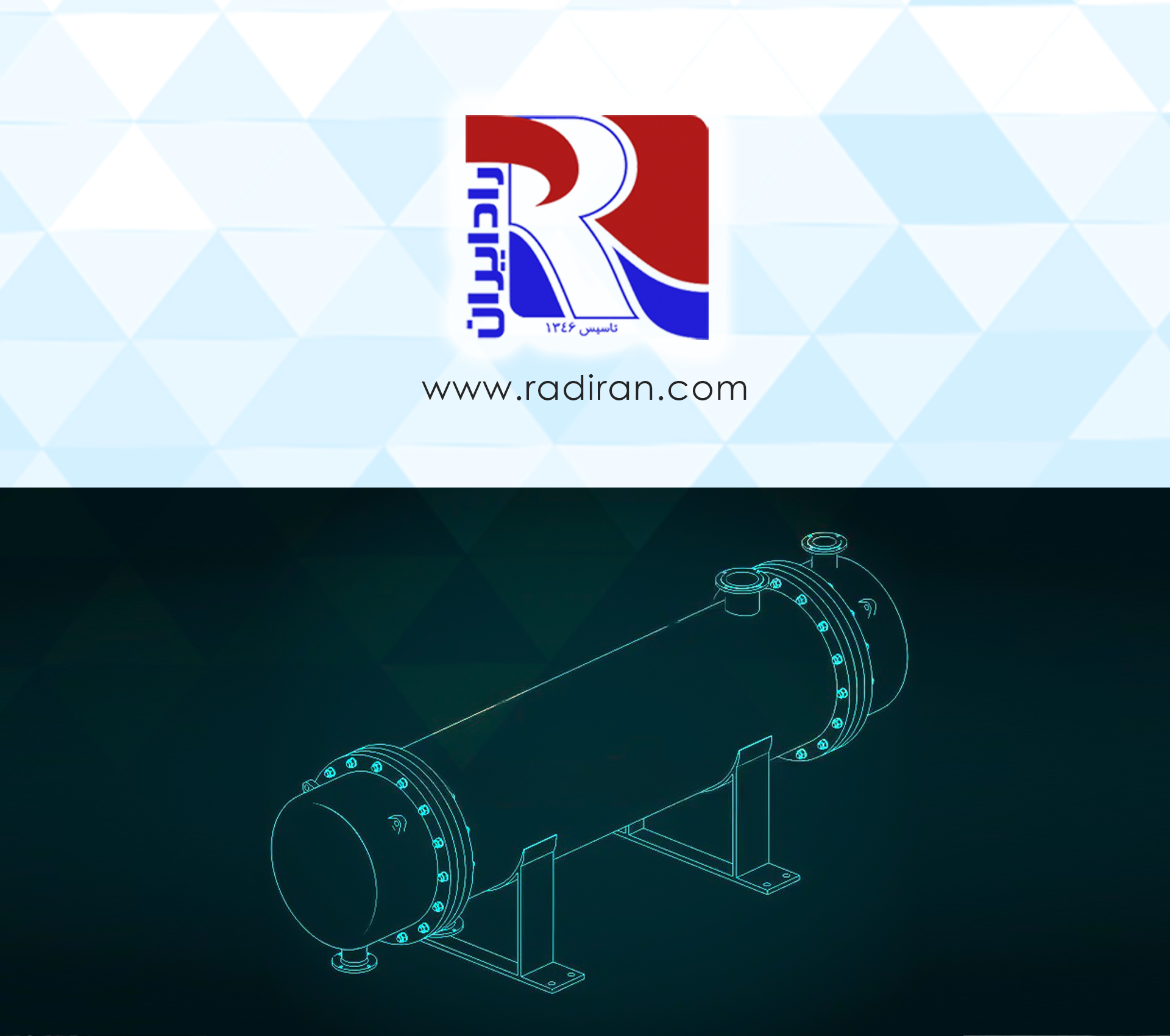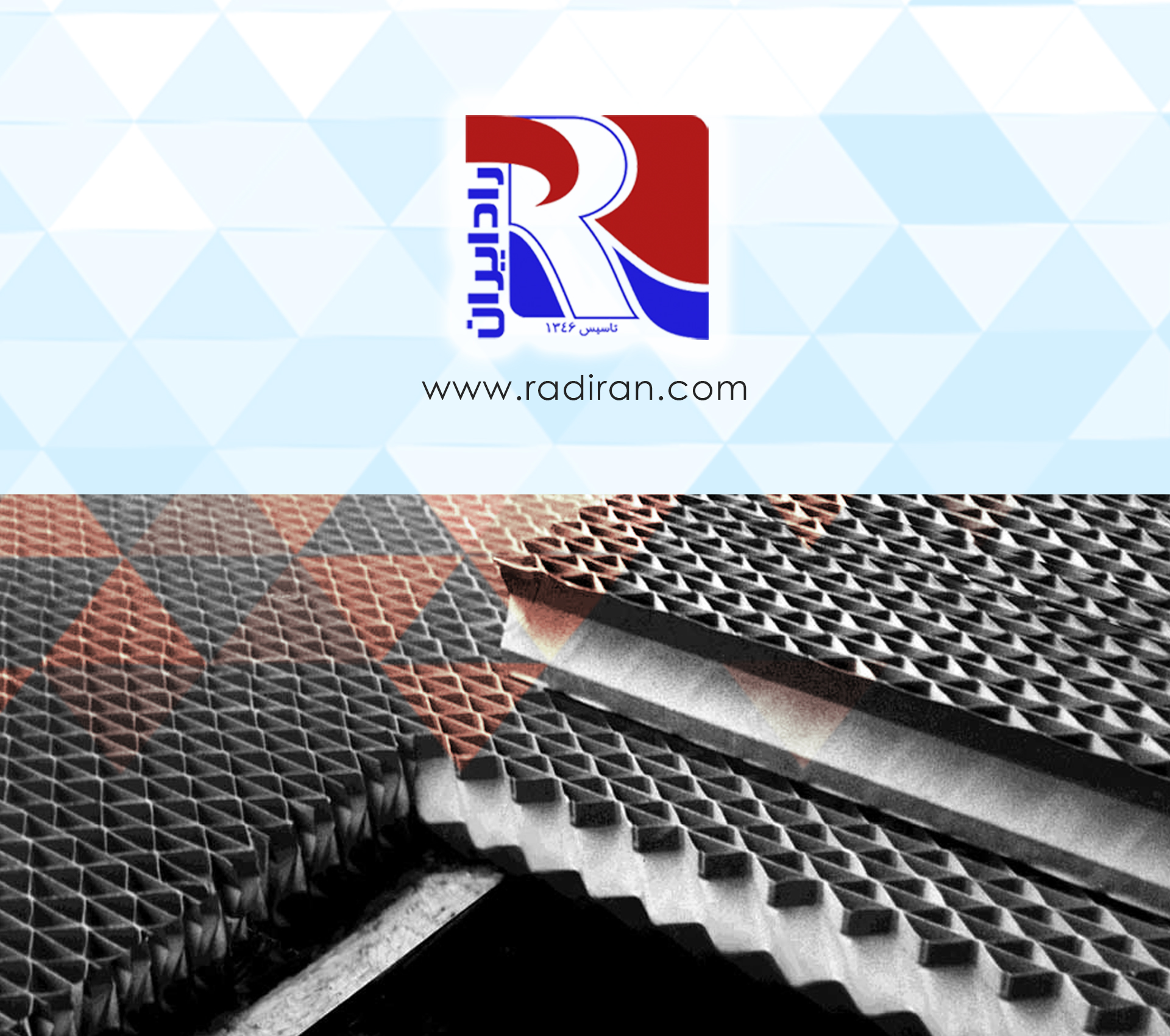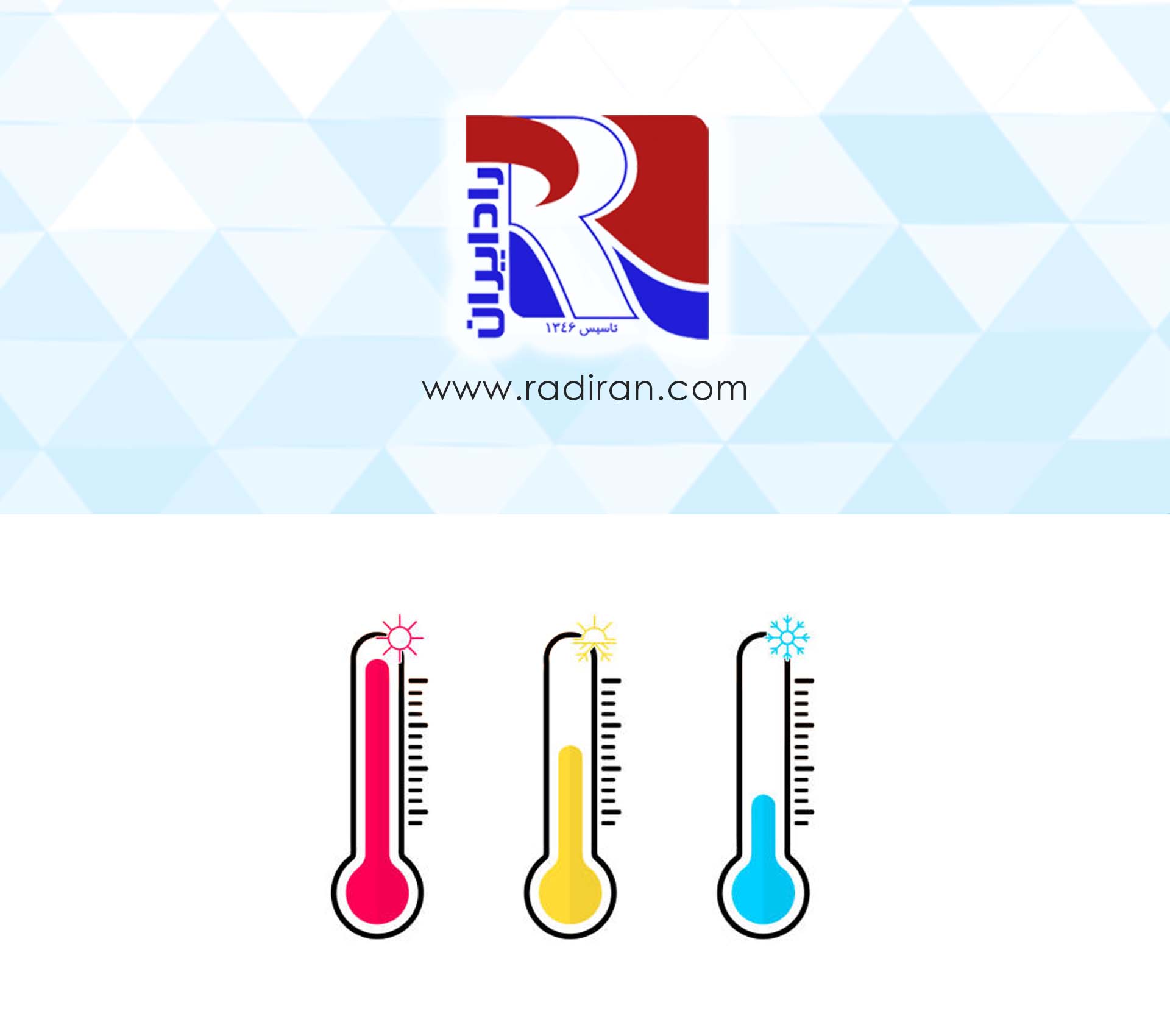Optimization of Aluminum Fin Geometry for Enhancing Cooling Efficiency in Copper Tube Coils
Finned coils composed of aluminum fins and copper tubes are among the most effective and widely used heat transfer systems in HVAC, refrigeration, and industrial heating and cooling applications. In these coils, the high thermal conductivity of copper tubes carrying the cooling or heating fluid combines with the adequate thermal conduction properties of aluminum fins to provide an optimal balance of heat transfer efficiency and corrosion resistance. A critical factor in improving the overall performance of these coils is the...

